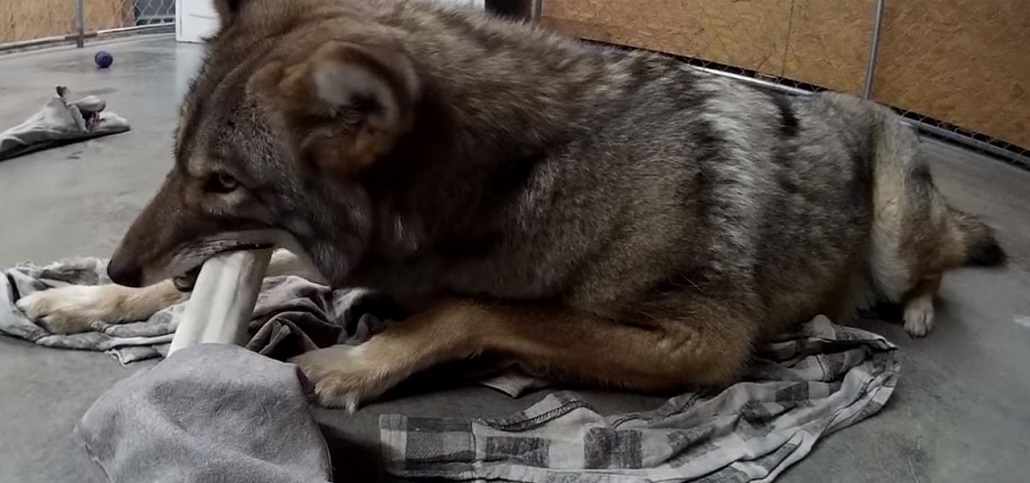Are Coyotes A Good Omen?

Introduction
The coyote, a creature that has long fascinated and mystified humans, holds a special place in various cultures and belief systems. From Native American folklore to modern urban legends, coyotes have been ascribed roles ranging from tricksters to divine messengers. With their keen adaptability and eerie howls, these canines evoke complex emotions and signify different meanings. This article explores the symbolism of coyotes, questioning whether they are seen as good omens and examining their significance through cultural, environmental, and psychological lenses.
Quick Info Table: Coyote Symbolism
| Aspect | Interpretation |
|---|---|
| Native American Folklore | Trickster, teacher, and creator |
| Modern Urban Myths | Harbinger of change or chaos |
| Ecological Role | Key predator and ecosystem balancer |
| Psychological Impact | Symbol of adaptability and resilience |
The Cultural Significance of Coyotes
Native American Perspectives
Coyotes play a pivotal role in Native American mythology, where they are often depicted as tricksters. In many tribes, they are seen as wise yet mischievous beings, capable of teaching valuable lessons through their antics. The Navajo and Pueblo peoples, for instance, regard coyotes as both creators and destroyers, embodying the duality of life.
Furthermore, in the storytelling traditions of the Hopi, coyotes serve as both a protective spirit and a symbol of transformation. Their stories often illustrate moral lessons, guiding individuals on how to navigate life's challenges. This duality in their symbolism suggests that coyotes are neither inherently good nor bad omens but rather complex entities that reflect the unpredictable nature of life.
Modern Interpretations and Urban Legends
In contemporary society, coyotes have taken on new symbolic meanings. With urban expansion encroaching on their natural habitats, encounters with these animals have become more frequent. Some urban legends portray them as harbingers of change or chaos, while others view them as guardians of the wild, reminding humans of nature's resilience.
Moreover, in popular media, coyotes are sometimes depicted as cunning and resourceful, qualities that can be viewed positively when considering adaptability and survival. This modern interpretation suggests that coyotes, much like their mythical counterparts, can be seen as omens of transformation and adaptability.
Ecological Importance of Coyotes
Key Predator and Ecosystem Balancer

Beyond their cultural symbolism, coyotes hold significant ecological roles. As key predators, they help maintain the balance of ecosystems by controlling populations of smaller animals such as rodents and rabbits. This predation is crucial for preventing overpopulation, which can lead to habitat degradation.
In addition, studies have shown that the presence of coyotes in an ecosystem can enhance biodiversity. By keeping smaller predator populations, like foxes and raccoons, in check, coyotes allow for a more balanced and diverse range of species to thrive. This ecological perspective positions coyotes as positive forces within their environments, suggesting that they might be considered good omens for ecological health and sustainability.
Adaptability and Human Interaction
Coyotes have demonstrated remarkable adaptability to changing environments, often thriving in urban areas where other wildlife struggles. This adaptability is both a testament to their resilience and a challenge for human-coyote interactions. While some see their presence in urban areas as a nuisance, others recognize it as an indicator of ecological imbalance, prompting discussions on cohabitation and wildlife management.
Psychological and Symbolic Interpretations
Symbol of Adaptability and Resilience
Psychologically, coyotes can be seen as symbols of adaptability and resilience. Their ability to thrive in diverse environments mirrors the human capacity to overcome adversity. This symbolism is particularly relevant in times of personal or collective change, where the coyote's resourcefulness can serve as an inspiration.
Additionally, the coyote's elusive nature and tendency to appear unexpectedly can be interpreted as reminders to remain vigilant and open to life's unforeseen opportunities and challenges. As such, they can be viewed as omens of personal growth and adaptation.
Alternative Perspectives and Counterarguments
While the symbolic interpretations of coyotes are largely positive, there are alternative perspectives to consider. Some people view coyotes as nuisances or threats, especially in areas where human-wildlife conflicts are prevalent. This perception can cast them as negative omens, representing danger or unpredictability.
However, acknowledging these differing viewpoints is essential for a balanced understanding of coyote symbolism. By recognizing the complex interplay between culture, ecology, and psychology, we can appreciate the multifaceted nature of these enigmatic creatures.

Conclusion
In summary, the symbolism of coyotes as good omens is deeply rooted in cultural, ecological, and psychological contexts. From their roles as tricksters and teachers in Native American folklore to their ecological importance as ecosystem balancers, coyotes embody resilience and adaptability. They challenge us to reflect on our interactions with nature and inspire us to embrace change.
As we navigate an ever-changing world, the coyote serves as a reminder of life's dualities and the potential for growth and transformation. Whether viewed as a positive omen or a cautionary symbol, the coyote's enduring presence in our narratives underscores the importance of understanding and coexisting with the natural world.
By embracing the lessons coyotes offer, we can cultivate a deeper appreciation for the complexity and beauty of life, guided by the wisdom of these remarkable creatures.



Comments ()